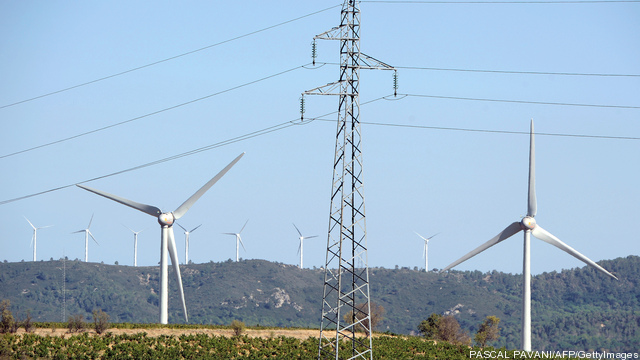
At a glance, it may not look like FERC’s Order 1000 has much to do with renewables. It looks more like it’s all about transmission. And it is to a point. The order, which FERC begins enforcing this week, is a wide-ranging and complex set of guidelines for planning, building and figuring out who pays for new transmission lines.
But as a Bloomberg editorial makes clear, the order addresses more than streamlining project approvals, cost allocations and other ways to speed up much needed upgrades for our creaking transmission system. In addition to helping meet increased demand and ensuring system reliability, new transmission lines are critical if far-flung energy resources like wind and solar are to be brought onto the grid.
And while consumers may pay more for power because they will be paying a lot of the cost of transmission system improvements, the result will eventually be lower rates and additional benefits, the editorial said. “The long-term payoff will be a reliable grid that will drive stronger economic growth as well as cleaner and cheaper energy.”
The International Electrotechnical Commission (IEC), a top standard body in electrotechnology, is tackling another part of the renewables integration puzzle: energy storage.
IEC has created a new committee, TC 120: Electrical Energy Storage Systems, to hurry renewables integration and a more reliable and efficient energy supply. The organization says the proportion of renewable energy probably will grow in all major electricity markets, but adds that large-scale integration is complex.
As much as transmission systems are needed to connect renewables to the grid, energy storage is needed to make the most of that power source and maintain a reliable (and flexible) supply of electricity. So, how is IEC going to help?
Until the new committee was created, no one was addressing standardization of entire energy storage systems, IEC says. The committee intends to oversee development of international standards that cover all energy storage technologies. Possibly most importantly, the committee will focus on developing architectures and frameworks to help industry in “building affordable and reliable EES systems that can be incorporated into existing grids anywhere in the world.” Issues of safety and environmental compatibility also will be addressed.
